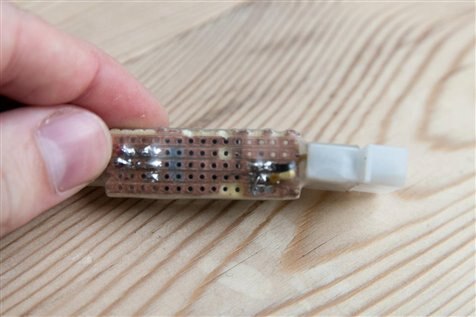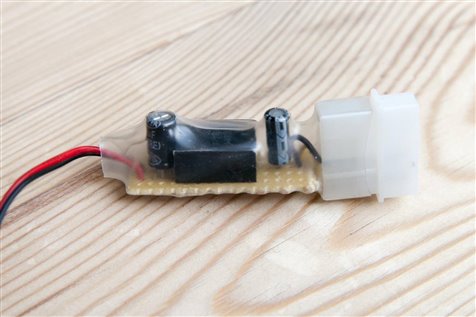Hi
Long time reader, first time poster. I've over time found it handy having a switch around since I often tinker with Raspberry Pis, among other things. Since most desktop computers have way more volume inside the case than needed, I think it would be ideal to permanently mount it inside (to avoid clutter etc.) and draw power from its PSU instead of having yet another wall adapter.
My switch has the id TL-SG108. The adapter is rated at 9v at 0.85A. Intuitively I think this should be easy, but after extensive googling (my knowledge on electricity is too limited to figure something out myself) I have yet to find a solution.
Any help and suggestions are appreciated!




